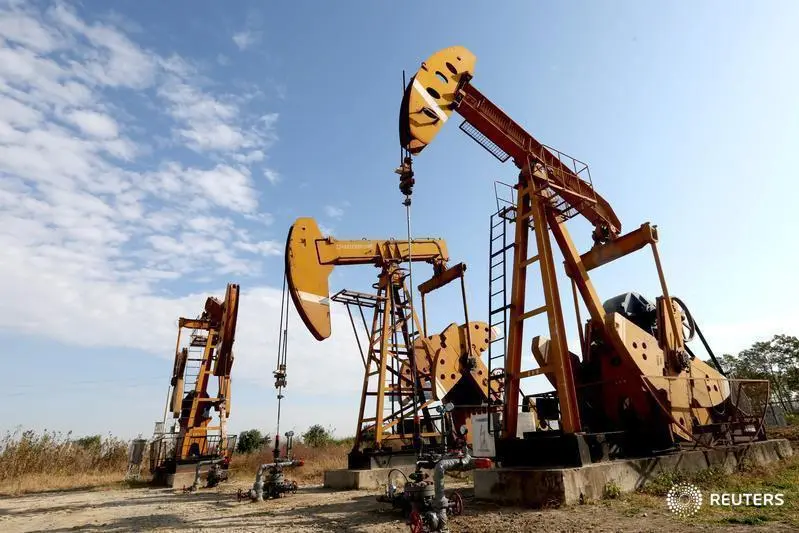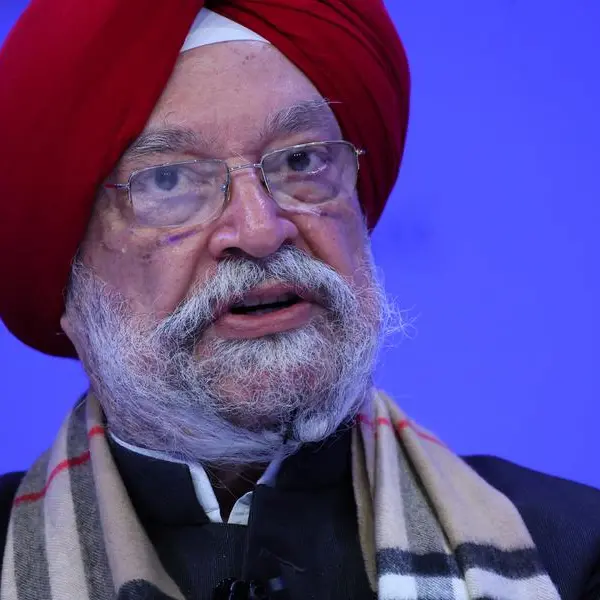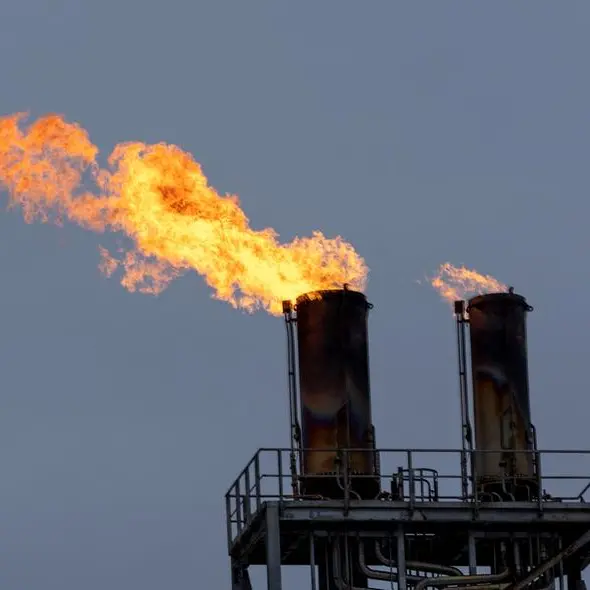PHOTO
Oil prices rose on Wednesday on expectations major producers will maintain production cuts at a meeting this Sunday at the same time fuel consumption should begin rising with the start of the peak summer demand season.
Brent crude futures for July delivery rose 27 cents, or 0.3%, to $84.49 a barrel at 0042 GMT. U.S. West Texas Intermediate futures for July climbed 35 cents, or 0.4%, to $80.18.
Traders and analysts expect the Organization of the Petroleum Exporting Countries and its allies including Russia, known as OPEC+, to keep voluntary production cuts totalling about 2.2 million barrels per day in place.
The Memorial Day holiday on Monday signals the start of the peak demand season in the U.S., the world's biggest oil consumer, and keeping the production cuts in place should keep prices supported as consumption rises.
"Initial data suggest a relatively high number of U.S. holiday trips have been taken over the Memorial Day holiday, the traditional start of the driving season. Air travel has also been strong," Daniel Hynes, senior commodity strategist at ANZ Bank, said in a note.
Increased fighting in the Gaza Strip as Israeli tanks advanced to the heart of the Rafah section also provided some backing for prices amid concerns of a widening of the conflict to the greater Middle East, a key supply region.
Investors were also watching out for U.S. crude inventory data from the American Petroleum Institute for release later in the day. The data was delayed by a day by the Memorial Day holiday on Monday.
U.S. crude oil stockpiles were expected to have fallen by about 1.9 million barrels last week, a preliminary Reuters poll showed on Tuesday.
Investors also awaited U.S. inflation data this week that could sway expectations for Federal Reserve interest rate cuts that could be positive for oil prices.
The U.S. core Personal Consumption Expenditures Price Index report for April is due later this week. The Fed's preferred inflation barometer is expected to hold steady on a monthly basis.
Expectations for the timing of rate cuts have see-sawed, with policymakers wary as data still reflects sticky inflation. (Reporting by Arathy Somasekhar in Houston; Editing by Christian Schmollinger)























